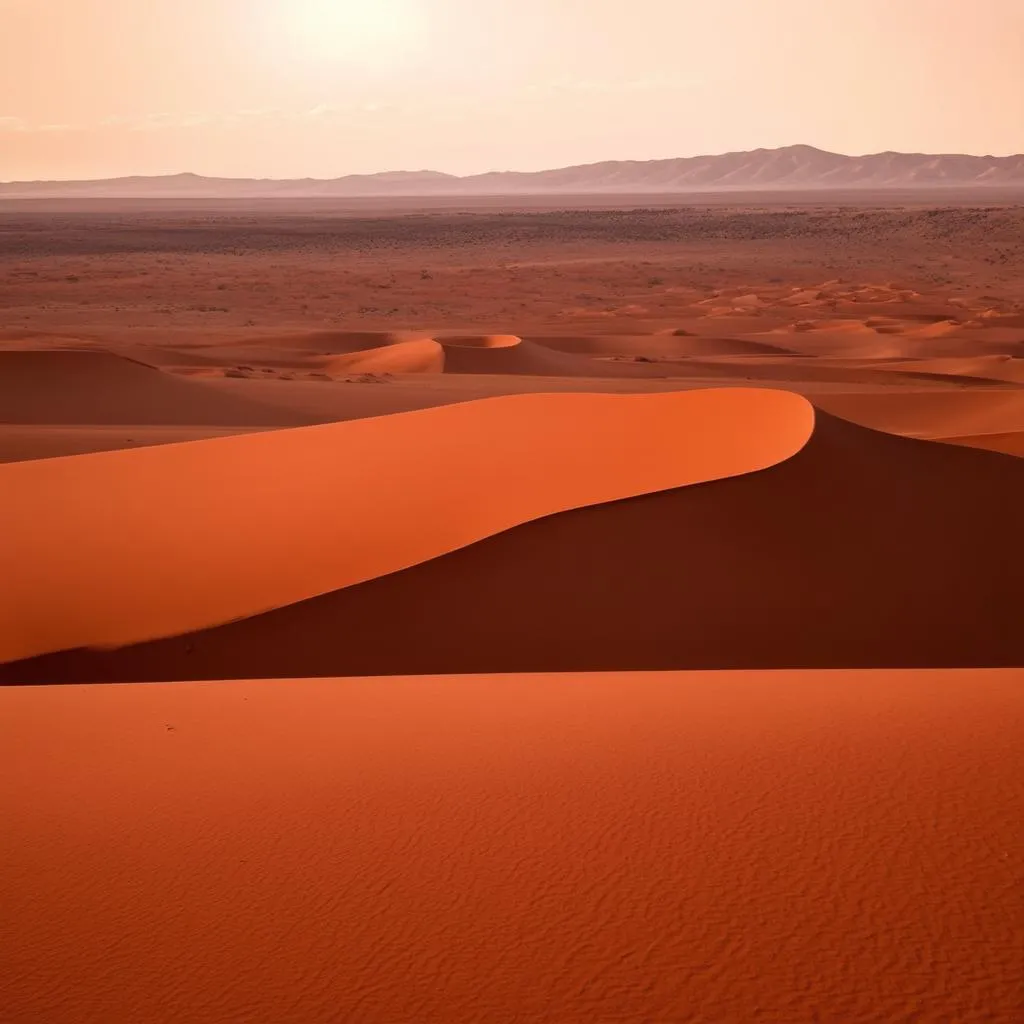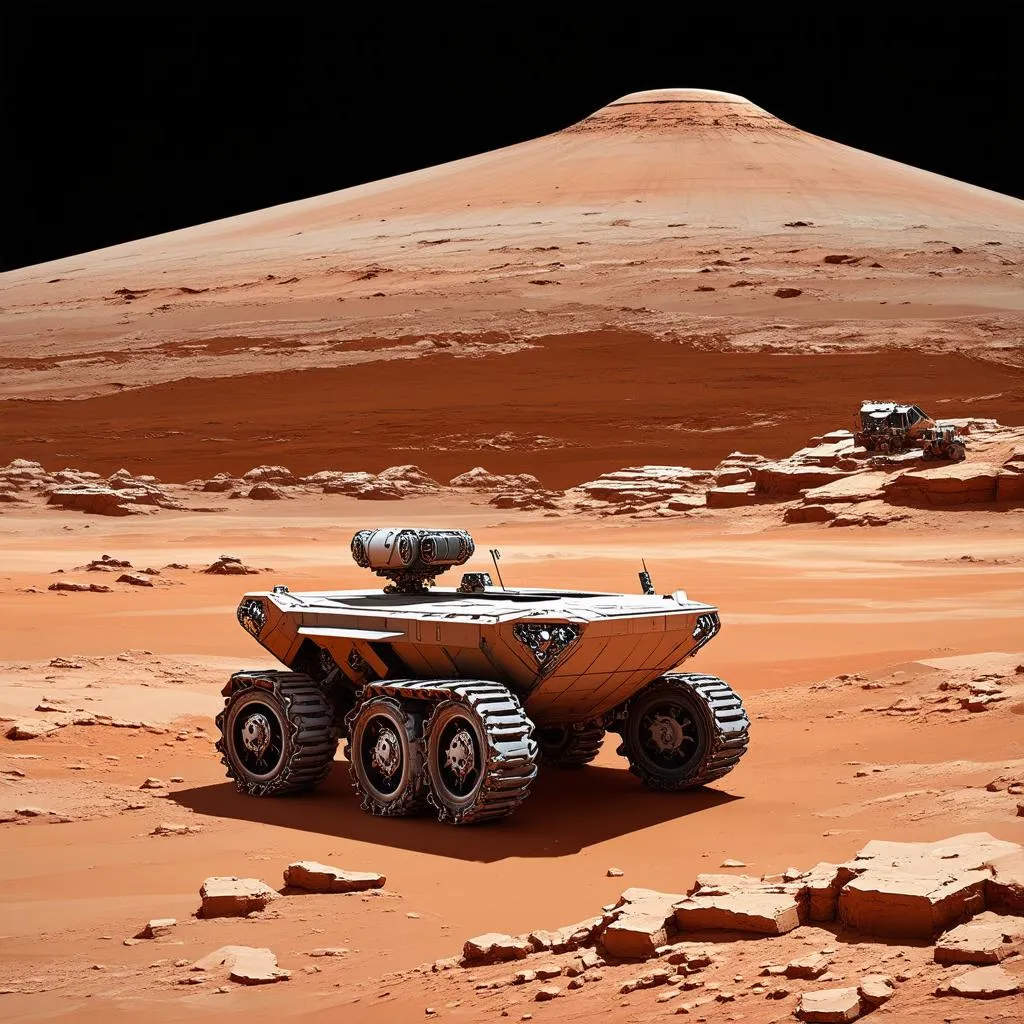Have you ever gazed up at the night sky, mesmerized by the twinkling stars and wondered about the vastness of space? Perhaps you’ve dreamed of journeying to another planet, of setting foot on the rusty-red soil of Mars. Well, while you’ve been dreaming, a celestial traveler has been steadily closing the distance, inching closer and closer to our planetary neighbor.
The Celestial Traveler: Not Just a Dream
No, we’re not talking about little green men this time. This traveler is a sophisticated piece of technology, a robotic emissary sent from Earth on a mission of exploration and discovery. Whether it’s a rover like Curiosity or Perseverance tirelessly traversing the Martian landscape, or a spacecraft like the Mars Reconnaissance Orbiter silently mapping the planet from above, these are the celestial travelers of our time.
What are the goals of these missions?
The goals are as ambitious as they are fascinating:
- Searching for signs of past or present life: Could life have existed on Mars billions of years ago when it was a warmer, wetter world? The search for evidence is one of the most compelling reasons for our Martian fascination.
- Studying the Martian climate and geology: Understanding Mars’s past can help us unravel the mysteries of its present and even provide clues about the evolution of planets, including our own.
- Preparing for future human exploration: These robotic pioneers are paving the way for humans to one day follow in their tracks, laying the groundwork for potential colonies and pushing the boundaries of human exploration.
Planning Your Own Martian Adventure (Well, Almost)
While a trip to Mars might not be on your immediate itinerary, you can still experience the thrill of exploration right here on Earth. Did you know that certain places on Earth share remarkable similarities with the Martian environment?
- The Atacama Desert in Chile is one of the driest places on Earth, with its barren landscapes and rusty-red hues eerily reminiscent of Mars.
- Iceland’s volcanic terrain and glacial formations offer a glimpse into the geological processes that have shaped both planets.
Visiting these destinations can give you a unique perspective on the challenges and rewards of exploring alien landscapes, all while keeping your feet firmly planted on terra firma.
 Atacama Desert at sunset
Atacama Desert at sunset
FAQs about Our Martian Neighbor
Q: How long does it take to travel to Mars?
A: The journey time depends on the spacecraft’s trajectory and the positions of Earth and Mars in their orbits. On average, it takes about seven months to reach Mars. You can learn more about the intricacies of interplanetary travel in this article about how long it takes to travel to Mars.
Q: What is the temperature on Mars?
A: Mars is a chilly place! The average temperature is a bone-chilling -62 degrees Celsius (-79.6 degrees Fahrenheit), although it can get warmer during the day and near the equator.
Q: Are there any volcanoes on Mars?
A: Yes, Mars is home to some of the largest volcanoes in our solar system, including Olympus Mons, a shield volcano three times taller than Mount Everest!
The Allure of the Unknown
As we continue to send our robotic envoys to Mars, we inch closer to unraveling its mysteries. Each mission brings back a wealth of data, fueling our curiosity and reminding us of the power of human ingenuity. And who knows, maybe one day, the dream of walking on Mars won’t just be a dream but a reality, thanks to the tireless efforts of these celestial travelers.
 Olympus Mons on Mars
Olympus Mons on Mars
For more fascinating insights into space exploration and beyond, be sure to explore other articles on travelcar.edu.vn. And don’t forget to share your thoughts and questions in the comments below!